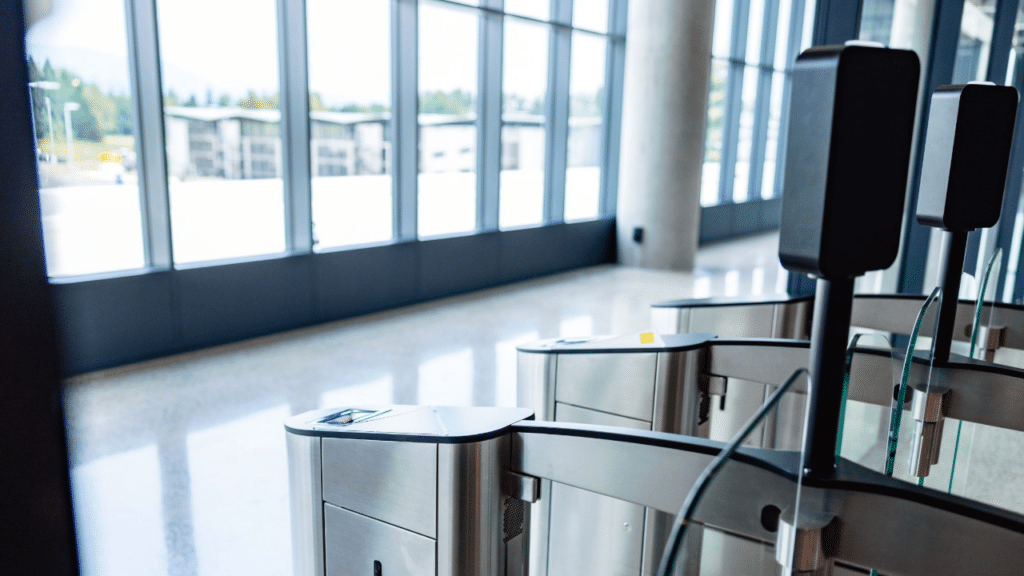Lee Copland, Managing Director of Maxxess EMEA, discusses how cardless access solutions can play a pivotal part in stopping supply chain disruptions.
In today’s rapidly changing landscape, where supply chain disruptions have become all too common, the importance of resilient security systems cannot be overstated.
Access cards, a staple of security measures, are facing delays of up to several months due to ongoing supply issues. This compels organisations to seek alternative measures and highlights the need for adaptable and efficient access control solutions.
At Maxxess we know that supply chain vulnerabilities that were once a secondary concern are now front and centre. In a world where global trading systems are susceptible to disruption, the reliance on seamless supply channels is being reevaluated. A solution that offers resilience against unpredictable supply problems is becoming increasingly essential.
Advantages of Cardless Access Solutions
Embracing cardless access solutions, powered by biometrics, embedded BLE on smartphones, or QR codes, brings numerous advantages beyond just security. These innovative approaches reduce environmental impact by eliminating traditional PVC cards, aligning with the growing focus on sustainability.
The world is transitioning away from a culture of disposable plastics, and this shift is mirrored in the business environment. Just as paperless offices have become standard, we’re entering an era where waste reduction is paramount. Touchless biometrics not only enhance efficiency and security but also contribute to reducing waste.
Managing access control has traditionally been labour-intensive, requiring security teams to issue and manage ID cards. Cardless solutions alleviate this burden by enabling secure, self-enrolment from remote workstations. This efficiency extends to both individuals and organisations, simplifying processes and reducing administrative overhead.
A noteworthy project in the Middle East showcased the power of facial recognition access control. Leveraging cutting-edge technology, over a hundred facial recognition readers were deployed across the site, both internally and externally. Today’s facial recognition technology excels even in challenging conditions, offering high accuracy and speed.
Integration and Future Expansion
The integration of these solutions is key. With platforms like eFusion, multiple systems, including video surveillance and fire safety, can operate seamlessly. The adoption of dual authentication further bolsters security, aligning with the evolving landscape of security demands.
The adoption of integrated access solutions is not just about better infrastructure; it’s a reflection of an organisation’s vision and commitment to efficiency. The drive for frictionless access control aligns with broader investments that set organisations on a path toward a future-proof approach.
In 2023, facial recognition has transcended traditional access control. Beyond offering security, it aligns with the imperatives of sustainability, efficiency, and adaptability. As organisations grapple with supply chain challenges and a changing world, cardless access solutions represent a forward-looking investment that lays the foundation for a resilient future.
For more Maxxess news, click here





